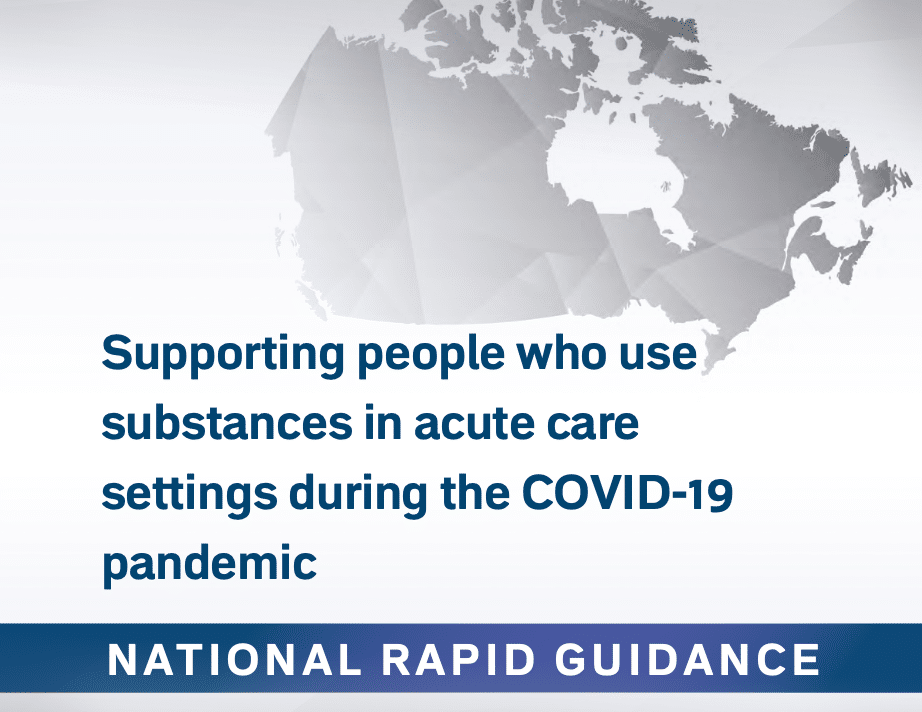responding to overdoses during covid responding to overdoses during covid
“The context of BC’s dual public health emergencies related to the toxic drug supply and the COVID-19 pandemic requires providing access to harm reduction services including overdose prevention services (OPS) and supervised consumption services (SCS) while maintaining measures to prevent the spread of COVID-19. This document provides guidance on responding to illicit drug poisonings or overdoses in OPS/SCS settings, where there will be a need for flexibility and consideration of the facility, staff training and available resources when implementing public health guidelines for preventing the spread of COVID-19.”
Click HERE for more COVID-19 resources









